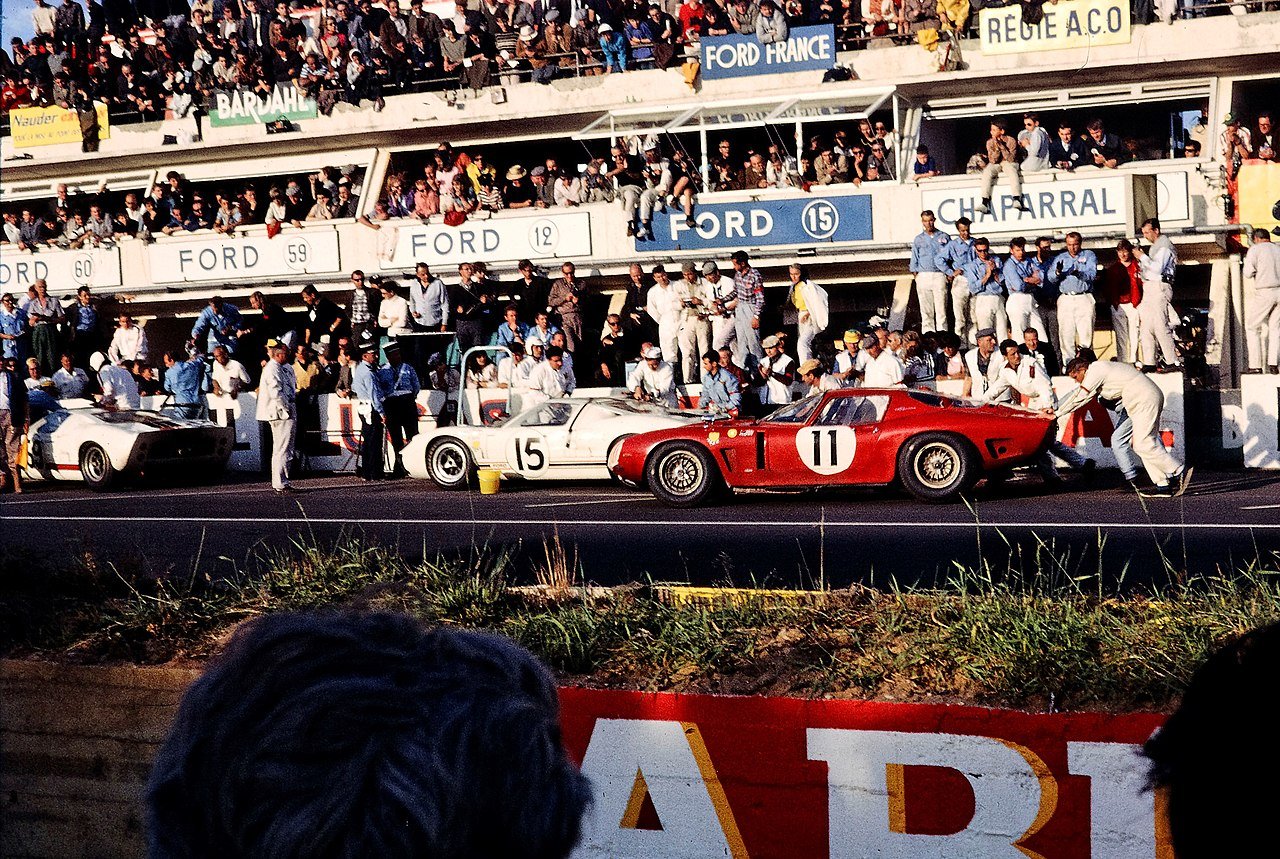The 1971 movie Le Mans, featuring Steve McQueen, had no scripted dialogue for the first forty minutes as it strived to create a form of cinema verité. The viewer is drawn in with real footage of the 1970 race before the fierce Hollywood drama begins to unfold, and our hero determines to dominate his German arch-rival.
2023 sees the centenary of the Le Mans 24 Hour race, billed as the race of the century, which expects to draw as many as a quarter of a million spectators next June. Quite an invasion.
That the ultimate endurance race was born in Le Mans comes as no surprise to the denizens of the city. It has been a place of ambition, innovation, and struggle for millennia.
City of Empires
It was the seat of the famous Plantagenêt dynasty that ruled England and much of France when European borders were more fluid. Henry II was born here in 1,133. He married Eleanor of Aquitaine in 1,152, which annoyed her ex, the French King Louis VII. Henry then went on to conquer vast swathes of territory from the north of Scotland to the borders of the Spanish Pyrenees.
Henry fought his last battle at Le Mans when his son Richard the Lionheart took his forces on in a dispute over the inheritance of the Empire, a row carefully nurtured by the old foe Louis VII. While (Bad) King John ruled in England, harried by Robin Hood, it is said that Richard claimed the throne but never crossed the English Channel, preferring more profitable crusading campaigns in the Holy Land.
Much of Henry II’s old city still remains, piled up on massive ramparts that tower over the River Sarthe. It was the earlier Roman Empire that began building the huge defensive wall system that remains largely intact around the old city two thousand years later.
In the third century the Gallo Romans broke with Rome and held large parts of France, Belgium, and Germany, before their eventual defeat at the hands of Emperor Diocletian. The Romans built two vast religious complexes on hills to the north and south of the city, but little of those remain.





